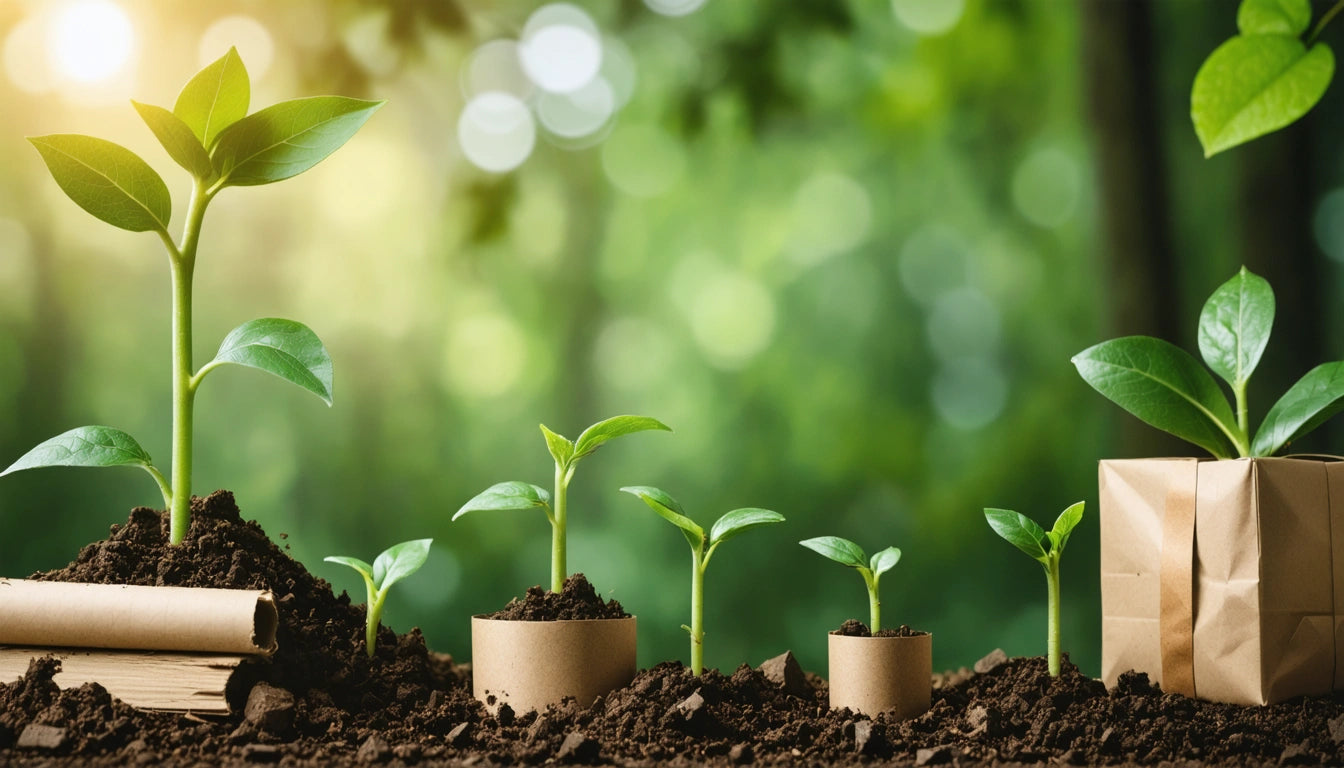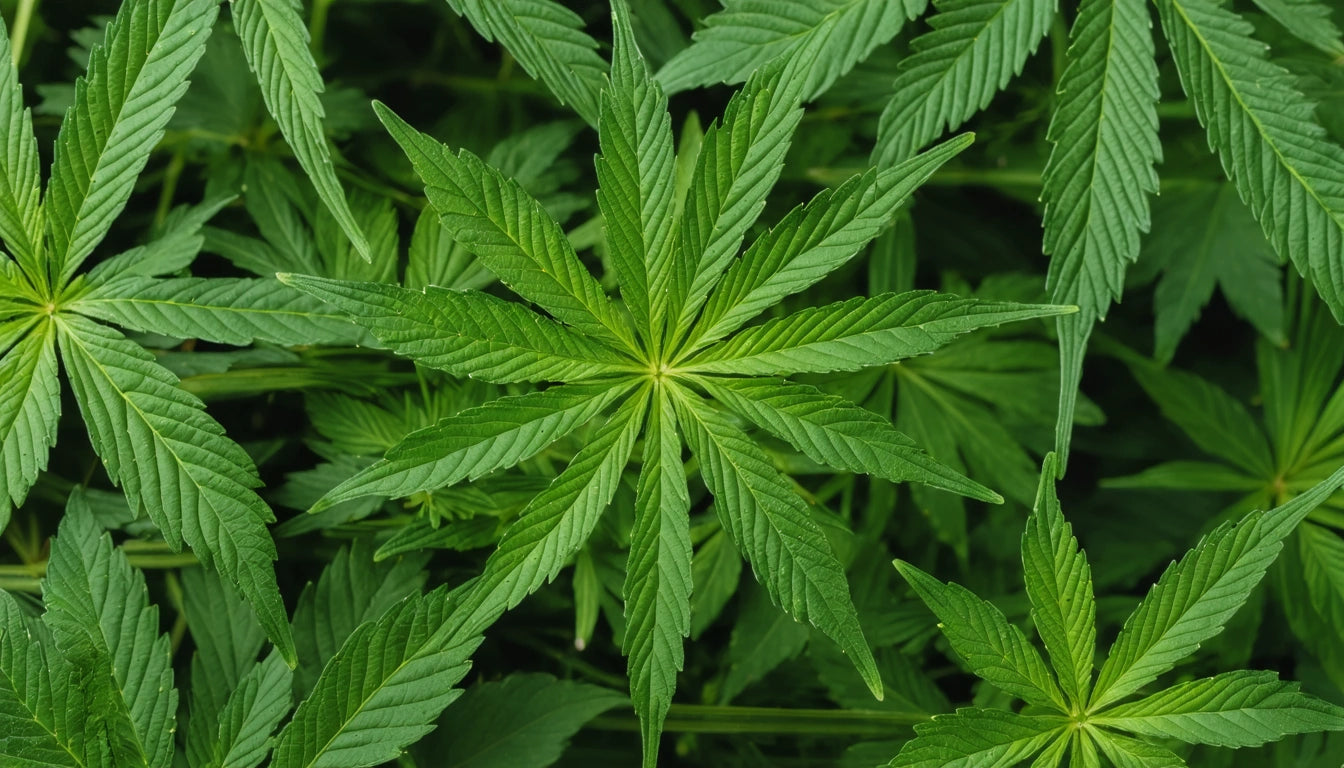Table of Contents
- Timing Your Harvest: When to Cut Your Cannabis Plants
- Visual Indicators That Signal Harvest Readiness
- Essential Equipment Needed for a Successful Harvest
- Harvesting Techniques for Maximum Potency
- Post-Harvest Processing: Trimming, Drying, and Curing
- Storage Solutions for Preserving Quality and Potency
Top Tips for Harvesting Marijuana Successfully
Harvesting cannabis at the right time and with proper techniques directly impacts the potency, flavor profile, and overall quality of your final product. Whether you're a first-time grower or looking to refine your process, these harvesting marijuana tips will help you maximize your yield and ensure the best possible results.
Timing Your Harvest: When to Cut Your Cannabis Plants
The timing of your harvest significantly affects the cannabinoid profile of your marijuana. According to experts on optimal harvest timing, harvesting too early results in lower potency, while harvesting too late can lead to a more sedative effect as THC degrades into CBN.
Flowering Time Guidelines
While these timeframes provide a general guideline, always prioritize visual indicators over calendar dates:
- Indica strains: Typically 8-9 weeks of flowering
- Sativa strains: Usually 10-12 weeks of flowering
- Hybrid strains: Generally 9-10 weeks, depending on dominant genetics
Remember that environmental factors like temperature, humidity, and light exposure can accelerate or delay maturity, making visual inspection crucial.
Visual Indicators That Signal Harvest Readiness
Knowing what to look for is essential for timing your harvest perfectly. Here are the key visual indicators to monitor:
Trichome Examination
Trichomes are the tiny, mushroom-shaped glands that contain most of the plant's cannabinoids. Their color progression is the most reliable indicator of harvest readiness:
- Clear trichomes: Too early to harvest, low potency
- Milky/cloudy trichomes: Peak THC content, energetic effects
- Amber trichomes: More CBN, sedative effects
- Ideal harvest window: When 70-90% of trichomes are milky with some amber
A jeweler's loupe or digital microscope with 30-60x magnification is necessary for proper trichome examination.
Pistil Observation
The pistils (hair-like structures on female plants) also provide harvest timing clues:
- White, straight pistils: Too early
- 50-70% darkened and curled pistils: Getting close
- 80-90% darkened pistils: Ready for harvest for most effects
While less precise than trichome examination, pistil observation is helpful for initial assessment without magnification.
Essential Equipment Needed for a Successful Harvest
Having the right tools ready before harvest day will streamline the process and prevent quality loss. Here's what you'll need:
- Sharp trimming scissors or pruning shears
- Rubbing alcohol for cleaning sticky tools
- Nitrile gloves to prevent resin buildup on hands
- Magnification tool (jeweler's loupe or digital microscope)
- Drying racks or hanging lines
- Proper storage containers with secure child-resistant lids for safety and freshness preservation
- Hygrometer to monitor humidity during drying and curing
- Trim trays to collect valuable kief
Quality tools make a significant difference in harvest efficiency and final product quality.
Harvesting Techniques for Maximum Potency
How you harvest can be just as important as when you harvest. Follow these techniques for best results:
The Right Cutting Approach
You have two main options when harvesting:
- Whole plant harvest: Cutting the entire plant at the base and hanging it upside down to dry. Ideal for smaller grows or when space allows.
- Section harvest: Removing branches individually, allowing lower buds to continue developing. Better for plants with uneven maturation or space constraints.
As detailed in this comprehensive harvesting guide, both methods have merits depending on your specific situation.
Environmental Considerations
Harvest in optimal conditions to preserve terpenes and cannabinoids:
- Harvest during cooler periods (early morning or after sunset)
- Avoid harvesting immediately after watering
- Ensure proper ventilation in your trimming area
- Maintain clean conditions to prevent contamination
These environmental factors can significantly impact the quality of your final product.
Post-Harvest Processing: Trimming, Drying, and Curing
What happens after cutting is crucial for developing flavor and maintaining potency.
Trimming Options
You can choose between two trimming approaches:
- Wet trimming: Removing leaves immediately after harvest. Easier to do but dries buds faster, which some believe affects flavor.
- Dry trimming: Trimming after drying. Preserves more terpenes but is more difficult as leaves curl around buds.
According to experienced growers, both methods can produce quality results when done properly.
Drying Process
Proper drying prevents mold while preserving cannabinoids and terpenes:
- Hang plants or branches upside down in a dark room
- Maintain 60-65% humidity and 60-70 °F temperature
- Ensure good air circulation without direct fan exposure
- Allow 7-10 days for proper drying
- Buds should feel slightly crisp outside but still slightly flexible
Rushing this process significantly degrades quality and can lead to harsh smoke.
Curing Techniques
Curing is where magic happens for flavor development:
- Place dried buds in airtight glass jars, filling about 75%
- Store in a cool, dark place at 60-65% humidity
- Open jars daily for the first week (











Leave a comment
All comments are moderated before being published.
This site is protected by hCaptcha and the hCaptcha Privacy Policy and Terms of Service apply.